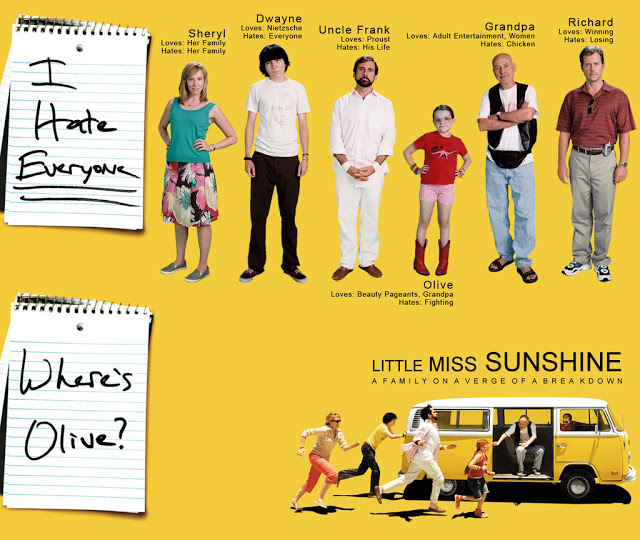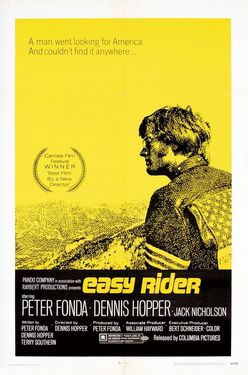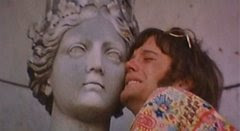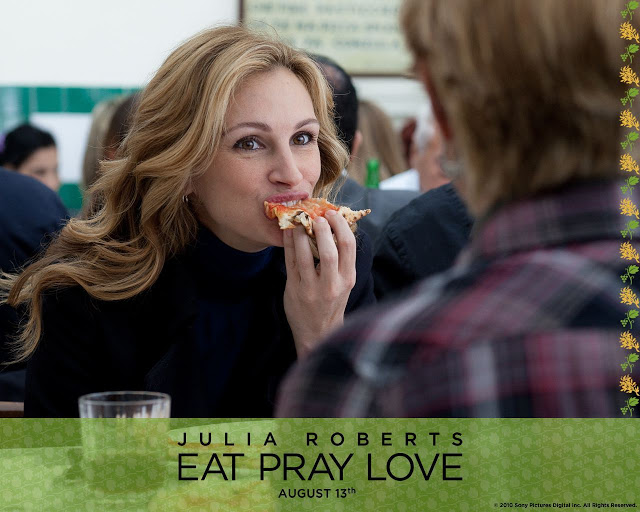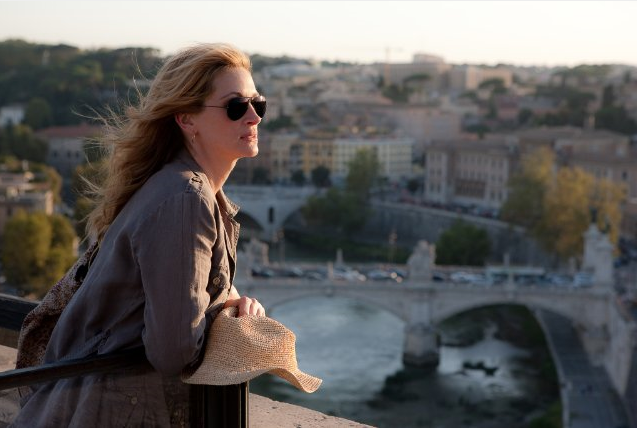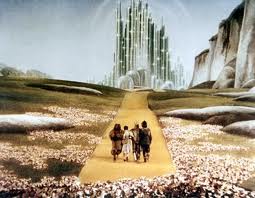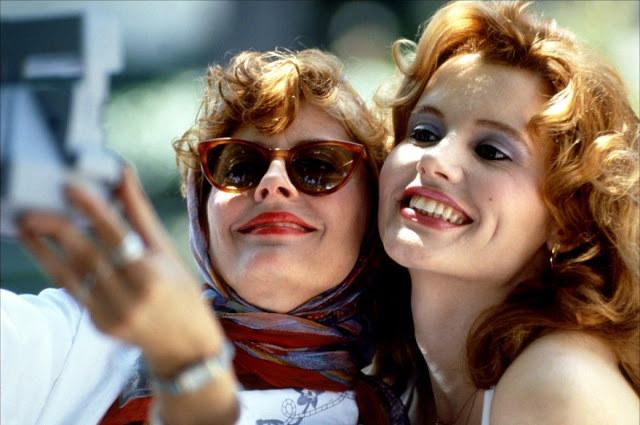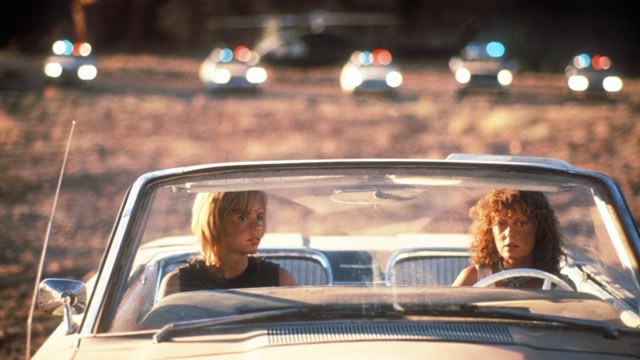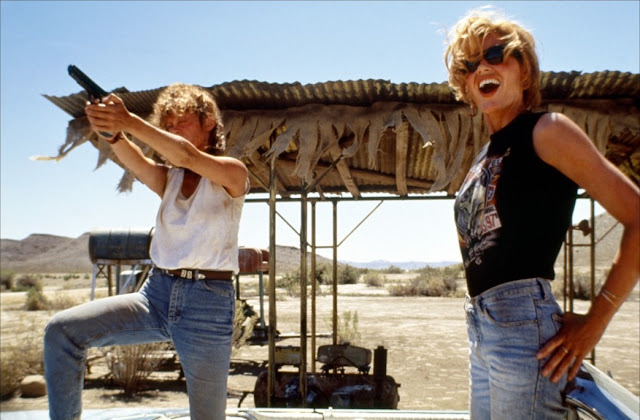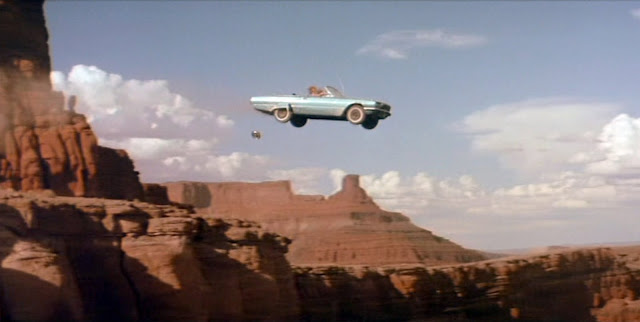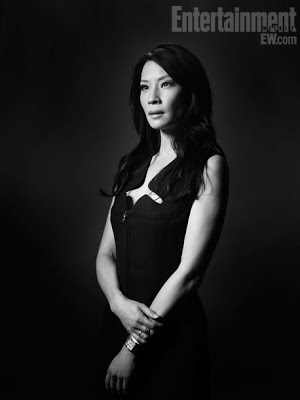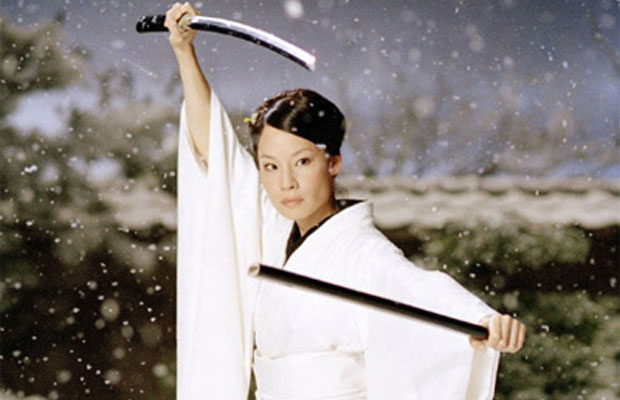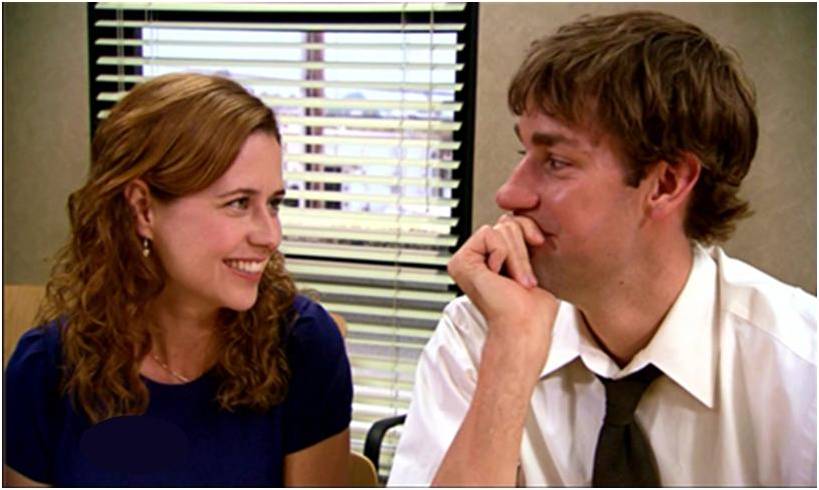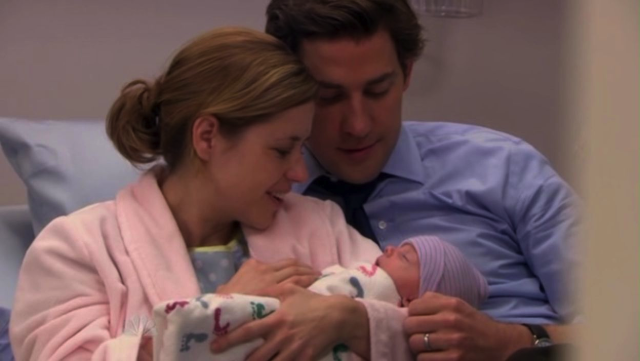 |
| Movie poster for Little Miss Sunshine |
Look around… this place is fucked! I don’t want these people judging Olive—fuck them! You’re the mom—you’re supposed to protect her! Everyone is gonna laugh at her, Mom… please don’t let her do this. Look, she’s not a beauty queen. She’s just not.
 |
| Sheryl checking in with Olive before her talent act, with Richard and Dwayne looking on |
Olive’s dad Richard Hoover (Greg Kinnear) is a failing motivational speaker (a complete contradiction); brother Dwayne (Paul Dano) is in teenage-boy training to become a jet pilot (which later goes down the tubes when it’s discovered that he’s colorblind); Uncle Frank (Steve Carell), the “number one highly-regarded Proust scholar” in America, is recovering from an attempted suicide after his love interest, a graduate student, dumps him for the “number two highly-regarded Proust scholar” in America; Grandpa Edwin (Alan Arkin) is a heroin addict who’s been kicked out of his retirement community and has an abiding love of women, porn, and Rick James (and has, possibly, a knack for choreography); and then there’s mom Sheryl (Toni Collette), whose only major flaw seems to be furtively smoking cigarettes (and possibly marrying a failed motivational speaker). Olive (Abigail Breslin) and the pageant represent the movement toward something better, something successful (by literally moving toward the land of sunshine, California), even when it’s clear to everyone that Olive is just not a beauty queen, as Dwayne says. It’s not that she is a real contender that drives the Hoovers toward redemption. It’s the symbolic value of her possible success in the type of contest that society sanctions as a visible indicator of success (however troubling or, well, foolish a beauty contest is as an indicator of success for young girls and women). In other versions of these contests—careers, dreams of careers—Richard, Frank, and Dwayne, in particular, have failed.
Olive as a symbol of redemption (and the need to protect her as such) is established early in the film, when the frazzled Sheryl arrives home with Frank, and the family sits down to a working-mom meal of a bucket of fried chicken, salad, and Sprite Zero. Everyone else seems suited (or apathetic) enough to ignore the bandages on Frank’s wrists, but not Olive. She looks at Frank, gasps, and exclaims, “What happened to your arms?” Richard changes the subject to Olive’s pageant dance routine, but Frank interrupts, saying he’s had an accident and shifts the conversation to Dwayne’s vow of silence. Olive, however, insists. Frank says it’s “okay” to talk about it, which leads Sheryl to indicate that she’s “okay” with talking about it (she’s “pro-honesty”) if Frank is. After Frank permits Sheryl to tell Olive that he attempted suicide, which she does, Richard flips, suggests that it’s not an appropriate conversation to have at dinner, and “shushes” Olive. She’s nonplussed, however, and poignantly asks why Frank would want to kill himself.
 |
| Richard explaining to Olive why Uncle Frank may be a loser, but she’s going to be a winner, in the dinner scene |
The reasons for the Hoovers to protect Olive are not always as selfish as those that Richard might have for protecting her (and, on occasion, they have to protect Olive from her father’s philosophy). In fact, the literal protection of Olive from the social pressures that break us down as adults is often incredibly touching, as it is in the diner scene wherein Olive orders her waffles “a la mode-ee.” Although Sheryl questions Olive’s choice of ice cream on the grounds of it being so early in the morning, Richard objects because he’s still got his eye on her success (as a beauty queen specifically, but replace the pageant with anything else and he’d likely have a similar objection). He breaks into a patronizing lesson on how ice cream comes from cream, which comes from cows, and notes that “cream has a lot of fat in it.” Sheryl, bless her, knows where he’s going with this and mutters under her breath “Richh-eerd.” As usual, Richard turns Sheryl’s earlier “pro-honesty” defense of telling Olive about Frank’s suicide attempt against her (“she’s gonna find out anyway”). When Olive asks what she might find out, Richard replies, “Well, when you eat ice cream, the fat in the ice cream becomes fat in the body.”
 |
| The Hoovers at their first pit stop on the road, looking totally enthused as Richard explains to Olive how cream makes you fat |
“Does anyone want my ice cream?” Olive sadly asks.
Grandpa to the rescue. “Yeah, I’d like a little…” he says, and then he invites everyone else to have some, as well, until Olive protests “Wait! Stop! Don’t eat it all…” and digs in. (And Sheryl cuts Richard’s attempted interruption of this as Dwayne shoots a spitball through a straw directly into Richard’s face.) Taking their cue from Sheryl, Grandpa, Dwayne, and Frank are not only protecting Olive’s desire to eat ice cream; they are ultimately protecting her right to make her own choices and to disregard what society (a patriarchal society represented by Richard, maybe?) tells her to choose.
This particular scene foreshadows the protection the Hoover men give Olive during her dance performance during the talent portion of Little Miss Sunshine. Having made it to California and only losing one person (poor Grandpa), the Hoovers have everything invested in Olive, including the emotional toll their own failures have taken on them. Olive’s routine to Rick James’ “Super Freak,” choreographed by the recently departed Grandpa, is the film’s true highlight because it does so much in a few minutes: it makes explicit the sexualized undertones of the child glitz pageant world (Olive might be shaking her bootie and doing the ever-lovable “growl crawl,” but the little dolls in their make-up and teased hair represent something similar on a different frequency); it provides the context through which the Hoovers are able to pull together and to accept themselves as they are; but it also provides the moment when Richard, as well as Frank and Dwayne, are really able to protect Olive for who she is and what she’s chosen. With the head pageant judge in a tizzy over the routine, Richard jumps on stage to protect Olive from being pulled off, but instead of quietly suggesting to his daughter that it’s time to go, he begins dancing with her (and is joined by the rest of the Hoovers in quick succession).
 |
| Frank, Richard, and Dwayne rockin’ out on stage with Olive |
Which brings me back to the quotation from Dwayne I opened with.
Dwayne and Richard are now mentally awake enough to be concerned about Olive competing in the show; they’ve now seen the polished contestants strut and pose for the judges, and they know she’s not made of that stuff. As Dwayne points out, she’s just not. At first flustered by the sudden concern toward Olive, Sheryl finally explains to them:
Olive is who she is. She has worked so hard, she’s poured everything into this. We can’t just take it away from her—we can’t! I know you wanna protect her… but we gotta let Olive be Olive.
Letting “Olive be Olive”—and learning to protect the choice Olive can make to be herself—is ultimately what allows the Hoovers to accept themselves and one another. We don’t know what life will be like for the Hoovers once they return to New Mexico, but one thing is for certain by the film’s end: they’ve broken through a lot more than the barrier gate in the parking lot of the Redondo Beach Inn.
Melissa Richard is a part-time English instructor at High Point University in the Piedmont Triad area of North Carolina. She writes about work and women in nineteenth-century Britain (as well as less esoteric topics), likes to take photographs of things and stuff, and thinks that dancing is really fun.
